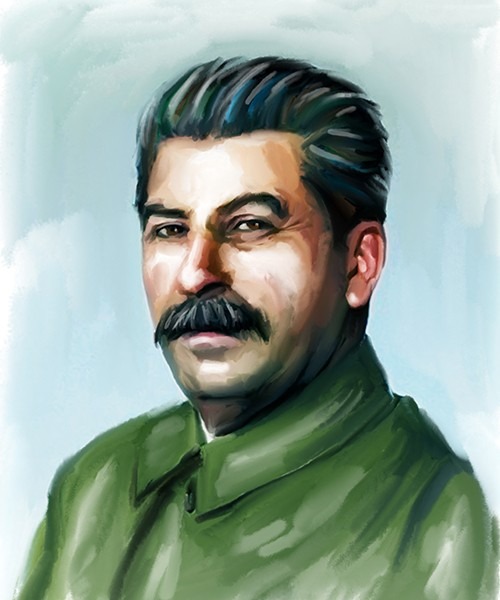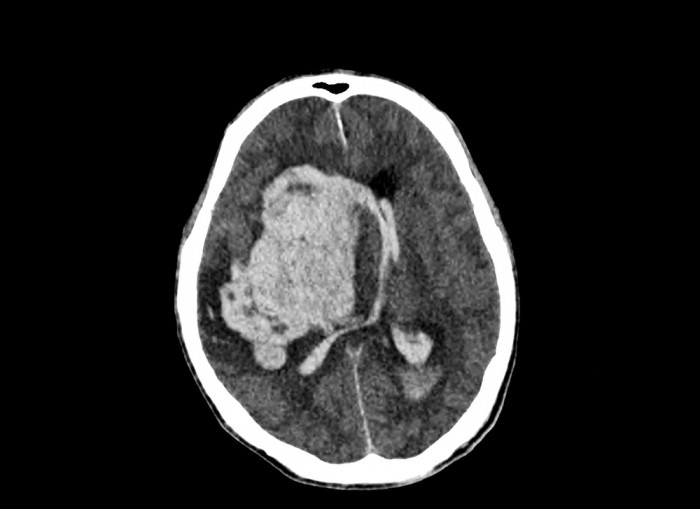Celebrity Case Reports Part 2: Josef Stalin - A dangerous patient

Some medical professionals are eager to treat the rich and famous. But not all celebrities are “easy patients” and sometimes even doctors themselves are at risk of losing their life.
Let us take a look at the medical history of the dictator Josef Stalin.
Atherosclerotic disease
Stalin was energetic and hard-working, especially during the time of the Second World War where he held uncountable meetings and often stayed up late studying the endless amounts of documents. But in 1945 during the Potsdam Conference, which settled the post-war fate of Germany he experienced a minor myocardial infarction, which led to the suspension of the conference.
After returning to Russia he complained of tiredness, headache, dizziness, nausea, and brief episodes of syncope suggestive of ischemic cerebrovascular disease.
Later in December 1945, Stalin suffered a minor stroke, which left him with a speech defect.
It was clear that Stalin had atherosclerosis and there been rumors that aside from coronary artery disease Stalin also suffered from carotid artery disease.
Example of a patient with Carotid artery disease. A large plaque (60-70% stenosis is seen in the bulb of the internal carotid artery.
Risk assessment in Stalin
It is not a surprise that Stalin had cardiovascular disease
Stalin can be considered a prime example of a “high-risk patient”. He was a heavy smoker and had uncontrolled hypertension, which was first diagnosed in the early 30ies. An autopsy later revealed severe left ventricular hypertrophy.
Example of concentric LVH, typical for longstanding hypertension. The degree of left ventricular hypertrophy has related to the extent and duration of hypertension.
Stalin loved traditional, rich, and rather unhealthy Georgian cuisine and was famous for playing drinking games with his guests.
Nikita Khurshev was quoted:
„I don’t think there has ever been a leader of comparable responsibilities who wasted more time than Stalin did just sitting around the dinner table eating and drinking“
The risks of being a medical doctor
In Stalin’s case, this was not the question. Stalin categorically rejected antihypertensive treatment and only took folk remedies and “iodine drops” in an attempt to lower his blood pressure.
But even worse, Stalin was paranoid and afraid that his doctors only had one thing in mind: To kill him. As a result, he simply took action against his doctors.
- There is evidence that the famous neurologist Wladimir Michailowitsch Bechterew was poised by Stalin after he mentioned to colleagues that Stalin was paranoid.
- Pletnev, his cardiologist was blamed for the death of the author Gorki and was sentenced to death, his wife was supposedly killed by Stalin in a fit of rage.
- When Stalin’s doctor Vladimir Vinogradov recommended him to rest more and work less Stalin arrested them and accused him of working for the British intelligence service.
- Beginning in 1951 numerous predominantly Jewish doctors from Moscow were accused of a conspiracy to assassinate Soviet leaders and dismissed from their jobs.
No wonder doctors were terrified and rejected to treat Stalin. Not even in his last days:
Trembling doctors
Stalin had gone to bed at 4 AM after dining and drinking with politburo members at his dacha in Moscow. The next day there were no movements or sounds from Stalin’s bedrooms.
Terrified to disturb Stalin no one dared to enter. It took until 10 in the evening of the next day until guardsmen decided to enter the room, only to find Stalin lying on the floor unconscious, hemiplegic with a hemorrhagic stroke. Again no doctor was called – Only thirteen hours later senior specialist finally saw Stalin.

CT example of a large hemorrhagic stroke in an “unconscious patient” Based on autopsy reports a similar finding (except on the other side) would have been seen in Josef Stalin
According to reports: The doctors were shaking as they examined Stalin - afraid of being blamed for his demise.
Stalin died 5 days later never regaining consciousness
Could Stalin have been saved? Likely not once he experienced the hemorrhagic stroke. We know he was under warfarin therapy and post-Morten examination speak of a large hemorrhage in the left hemisphere. Especially, given the treatment options available at that time.
But certainly, Stalin should have listened to his doctors earlier who recommended risk reduction and a healthier lifestyle.
The bottom line
Patient compliance is an important issue and famous figures are often more difficult to manage than you might think. In the case of Stalin, it was his paranoia that threatened his health AND that of his doctors.
In the next episode, we will look at Steve Jobs's “medical records” and discuss how “over information” can lead to a wrong decision-making process.
PS: if you missed part 1 of our Celebrity case reports covering Liz Taylor here it is...
Best
Thomas Binder and the 123sonography team
PS Do you know which Presidents had hypertension


